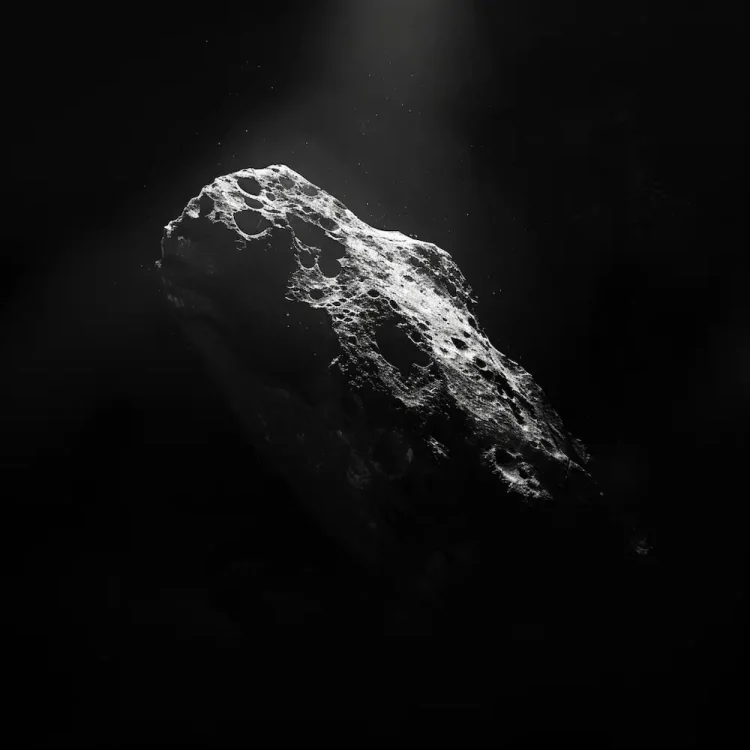In a groundbreaking mission conducted by NASA’s OSIRIS-REx spacecraft, a journey spanning seven years culminated in a pivotal Earth flyby on September 24th last year. This mission marked not only a technological triumph but also a profound scientific endeavor as it released a capsule containing precious samples collected from the asteroid Bennu.
The OSIRIS-REx spacecraft, equipped with advanced instruments and a TAGSAM mechanism designed for asteroid surface sampling, meticulously approached Bennu and successfully retrieved regolith from the Hokkaido crater on October 20, 2020. Bennu, chosen for its primitive carbonaceous composition and potential water-bearing minerals observed from telescopic studies, has become a beacon of scientific curiosity regarding the early solar system’s evolution.
Recent analyses of the Bennu samples have yielded remarkable findings, reshaping our understanding of celestial bodies and their ancient histories. Initial assessments confirmed the presence of carbon and water, essential ingredients for life as we know it. However, the latest revelations have stunned researchers even further: the detection of magnesium-sodium phosphate, an unexpected ionic compound not initially identified by OSIRIS-REx’s remote sensors.
NASA scientists speculate that Bennu’s composition hints at a distant origin, possibly as a fragment from a primordial oceanic world that long vanished from our cosmic records. This hypothesis opens a new frontier in planetary science, suggesting complex interactions between asteroids and ancient celestial environments that may have shaped our solar system’s formation over 4.5 billion years ago.
“This discovery underscores the dynamic and often surprising nature of our solar system’s history,” remarked a NASA spokesperson, reflecting on the mission’s unprecedented findings. The OSIRIS-REx mission continues to unravel mysteries as it sets course for its next target, the asteroid Apophis, promising further revelations and expanding our insights into the vast and intricate cosmos.
As humanity ventures deeper into space exploration, missions like OSIRIS-REx serve as beacons of discovery, illuminating the origins of our solar system and paving the way for future scientific endeavors. Each sample retrieved, each analysis conducted, brings us closer to unlocking the mysteries of our cosmic heritage and our place within the universe.
With eyes turned skyward and instruments probing distant celestial bodies, we stand poised at the threshold of discovery, ready to uncover the next chapter in the epic saga of cosmic exploration.









